
How to Use XH-M291: Examples, Pinouts, and Specs
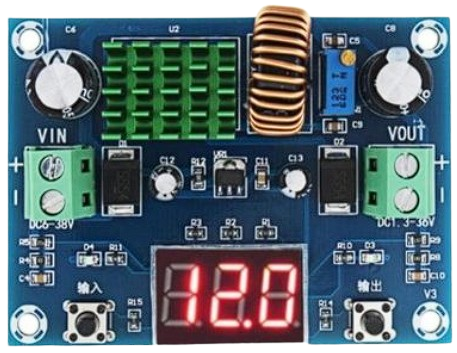
 Design with XH-M291 in Cirkit Designer
Design with XH-M291 in Cirkit DesignerIntroduction
The XH-M291 is a versatile relay module designed to control high voltage devices using a low voltage signal. Manufactured by Generic, this module is identified by the part ID DC8-38V. It features an optocoupler for isolation, ensuring safe and reliable operation in various automation projects. Common applications include home automation, industrial control systems, and remote switching.
Explore Projects Built with XH-M291
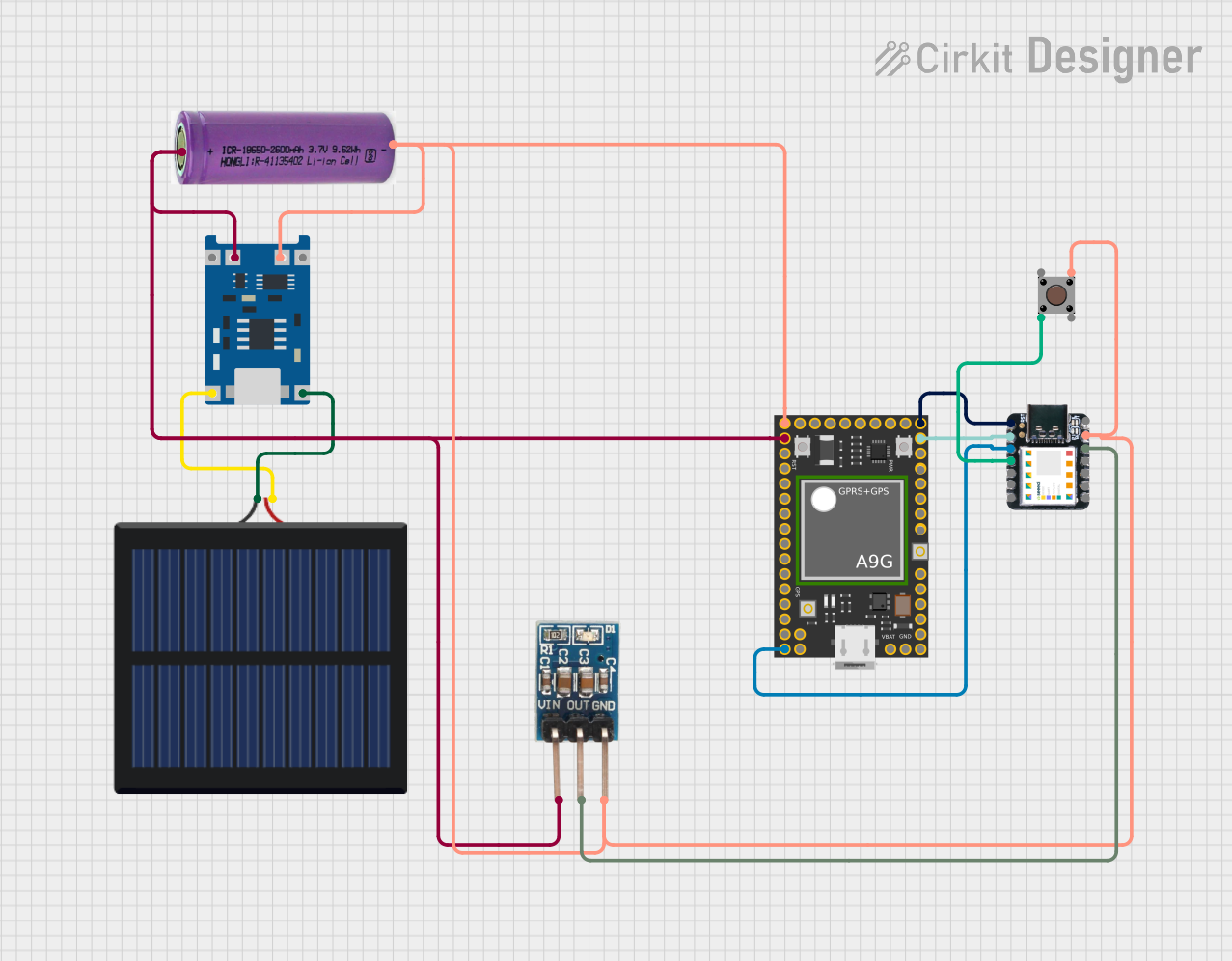
 Open Project in Cirkit Designer
Open Project in Cirkit Designer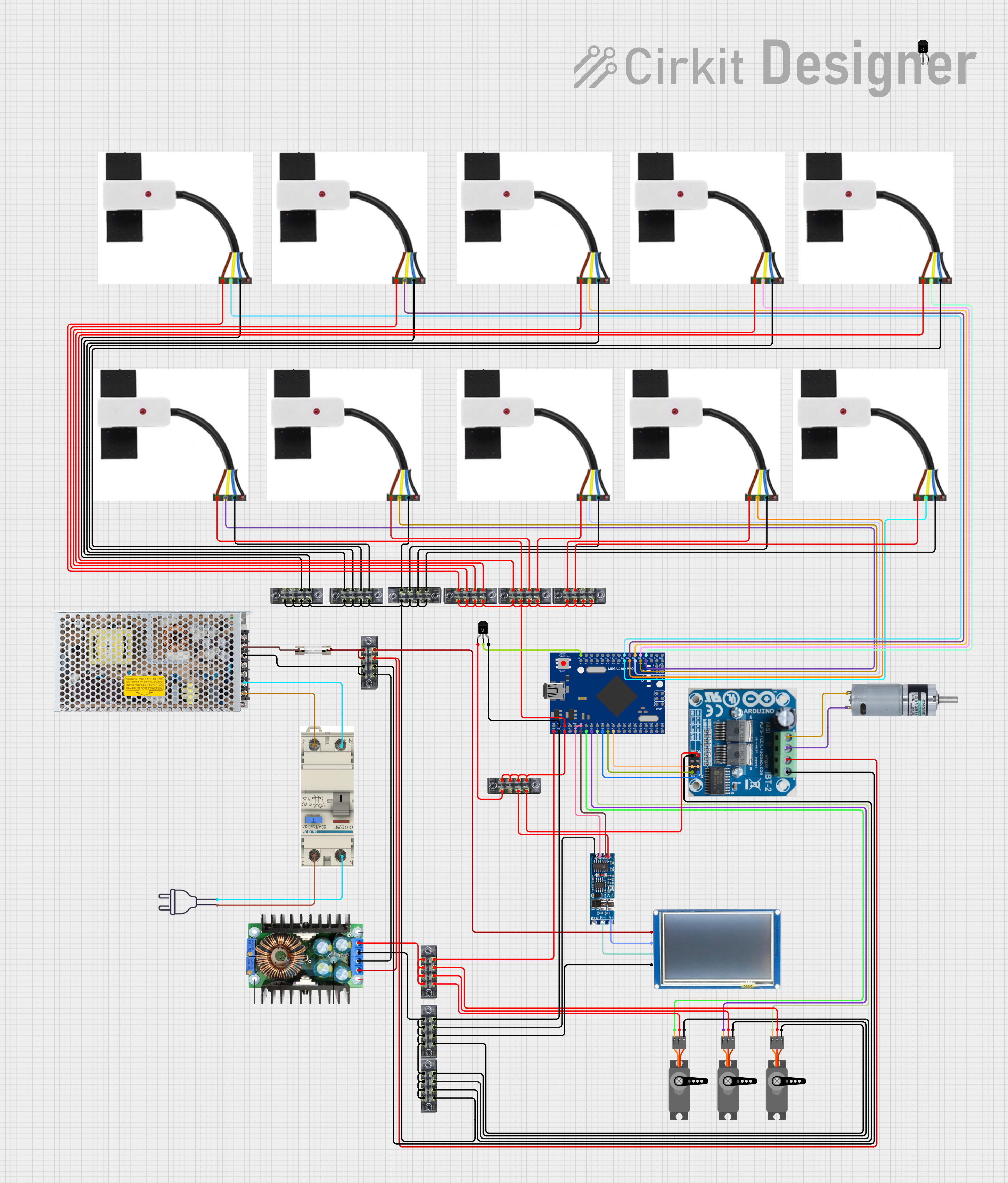
 Open Project in Cirkit Designer
Open Project in Cirkit Designer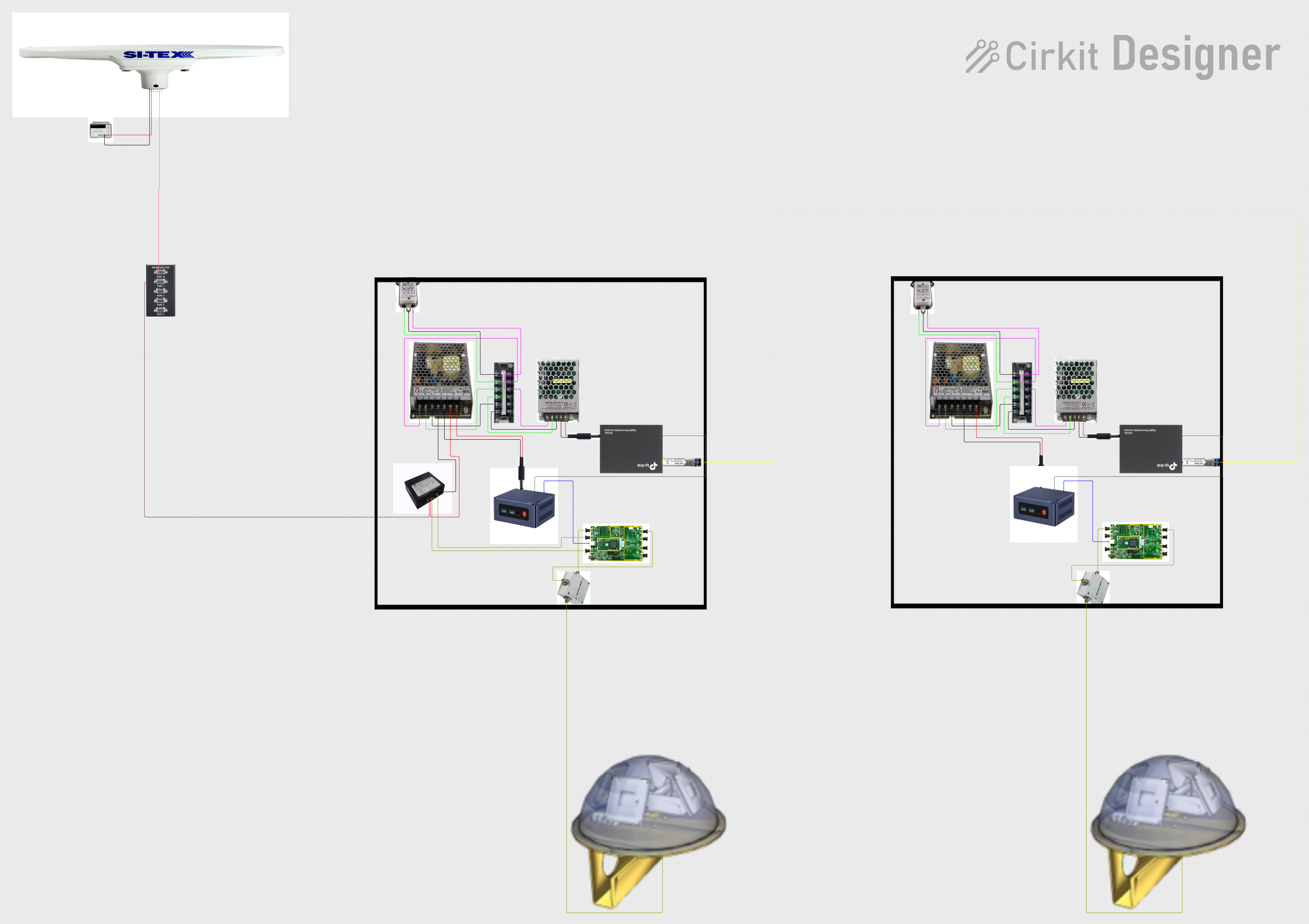
 Open Project in Cirkit Designer
Open Project in Cirkit Designer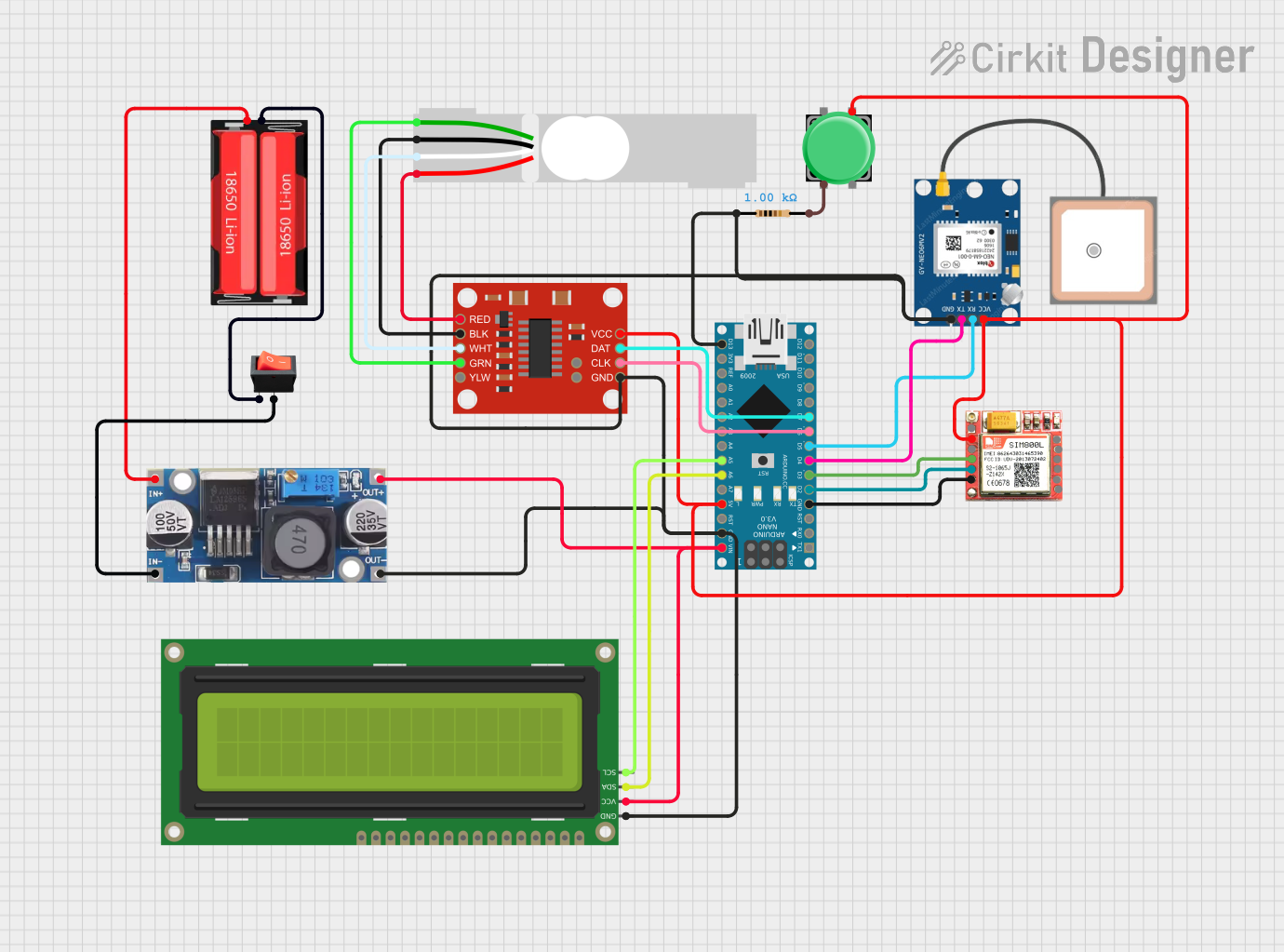
 Open Project in Cirkit Designer
Open Project in Cirkit DesignerExplore Projects Built with XH-M291

 Open Project in Cirkit Designer
Open Project in Cirkit Designer
 Open Project in Cirkit Designer
Open Project in Cirkit Designer
 Open Project in Cirkit Designer
Open Project in Cirkit Designer
 Open Project in Cirkit Designer
Open Project in Cirkit DesignerTechnical Specifications
Key Technical Details
| Parameter | Value |
|---|---|
| Operating Voltage | 8V - 38V DC |
| Trigger Voltage | 5V DC |
| Relay Type | SPDT (Single Pole Double Throw) |
| Max Load Current | 10A @ 250V AC / 10A @ 30V DC |
| Isolation | Optocoupler |
| Dimensions | 50mm x 26mm x 18mm |
Pin Configuration and Descriptions
| Pin Name | Description |
|---|---|
| VCC | Power supply input (8V - 38V DC) |
| GND | Ground |
| IN | Signal input (5V DC) |
| NO | Normally Open contact of the relay |
| COM | Common contact of the relay |
| NC | Normally Closed contact of the relay |
Usage Instructions
How to Use the XH-M291 in a Circuit
- Power Supply: Connect the VCC pin to a DC power supply ranging from 8V to 38V. Connect the GND pin to the ground of the power supply.
- Signal Input: Connect the IN pin to a 5V DC signal from a microcontroller or other control device.
- Relay Contacts: Connect the high voltage device to the relay contacts (NO, COM, NC) as per your requirement:
- NO (Normally Open): The device will be off when the relay is not triggered and will turn on when the relay is triggered.
- NC (Normally Closed): The device will be on when the relay is not triggered and will turn off when the relay is triggered.
- COM (Common): Common contact for both NO and NC.
Important Considerations and Best Practices
- Isolation: Ensure proper isolation between the low voltage control circuit and the high voltage load to prevent damage and ensure safety.
- Current Rating: Do not exceed the maximum load current rating of 10A to avoid damaging the relay.
- Heat Dissipation: Provide adequate ventilation or heat sinking if the relay is used to switch high currents frequently.
Example Circuit with Arduino UNO
/*
Example code to control the XH-M291 relay module with an Arduino UNO.
This code will turn the relay on for 1 second and off for 1 second repeatedly.
*/
const int relayPin = 7; // Pin connected to IN pin of XH-M291
void setup() {
pinMode(relayPin, OUTPUT); // Set relay pin as an output
}
void loop() {
digitalWrite(relayPin, HIGH); // Turn relay on
delay(1000); // Wait for 1 second
digitalWrite(relayPin, LOW); // Turn relay off
delay(1000); // Wait for 1 second
}
Troubleshooting and FAQs
Common Issues and Solutions
Relay Not Triggering:
- Check Power Supply: Ensure the VCC and GND pins are connected to a proper power supply within the specified range (8V - 38V DC).
- Signal Voltage: Verify that the IN pin is receiving a 5V DC signal from the control device.
Relay Stuck in One State:
- Check Connections: Ensure all connections are secure and correct.
- Load Current: Ensure the load current does not exceed the maximum rating of 10A.
Interference with Control Circuit:
- Isolation: Ensure proper isolation between the high voltage load and the low voltage control circuit using the optocoupler.
FAQs
Q1: Can I use the XH-M291 with a 3.3V microcontroller?
- A1: No, the XH-M291 requires a 5V DC signal to trigger the relay. You may need a level shifter to interface with a 3.3V microcontroller.
Q2: Can the XH-M291 control an AC load?
- A2: Yes, the XH-M291 can control AC loads up to 250V and 10A.
Q3: What is the purpose of the optocoupler in the XH-M291?
- A3: The optocoupler provides electrical isolation between the low voltage control circuit and the high voltage load, enhancing safety and preventing damage to the control circuit.
By following this documentation, users can effectively integrate the XH-M291 relay module into their projects, ensuring safe and reliable operation.